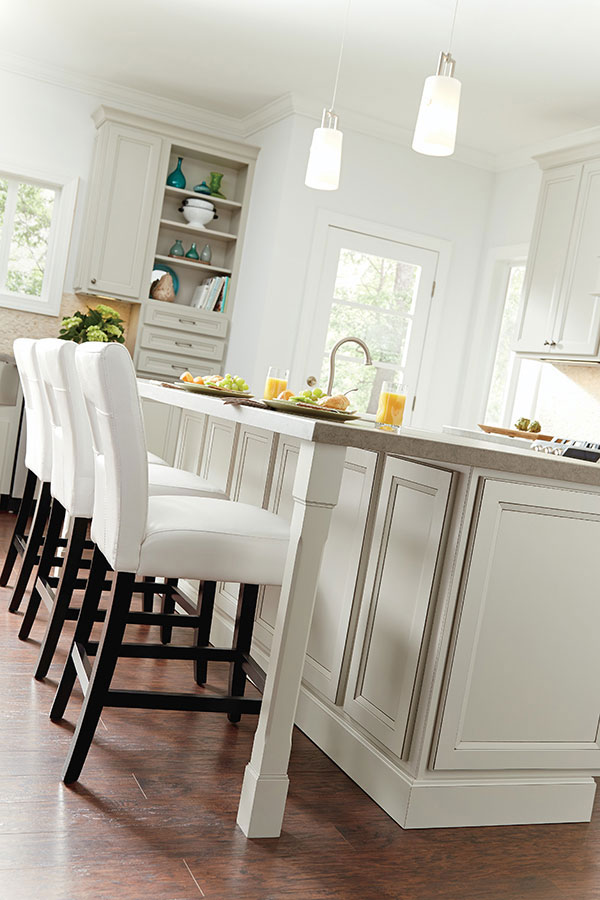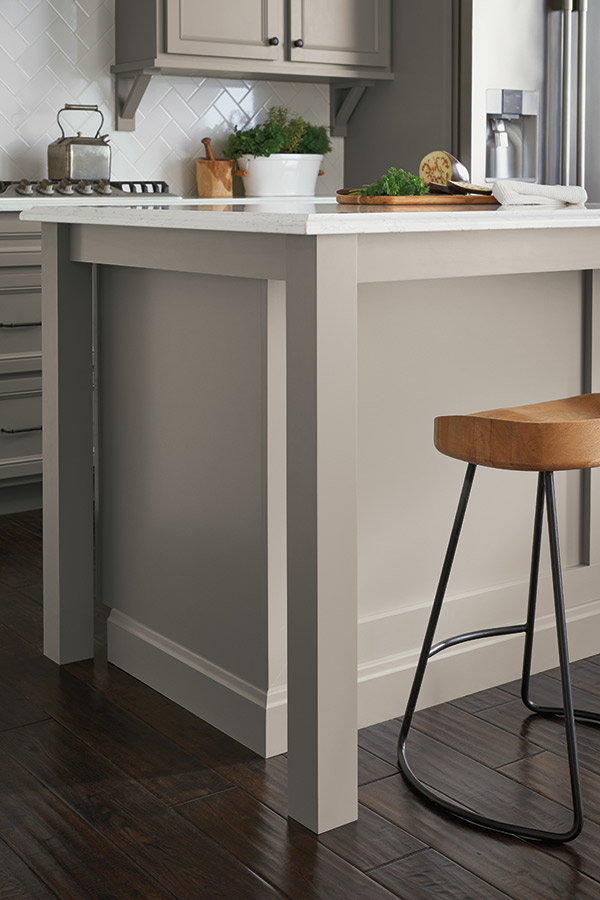Discover Timeless Options in Standard Legs For Kitchen Island Designs
Discover Timeless Options in Standard Legs For Kitchen Island Designs
Blog Article
A Guide to Picking the Perfect Legs For Cooking Area Island for Your Home
Choosing the perfect legs for your kitchen area island is a nuanced choice that affects both the capability and aesthetic charm of this main space. Variables such as height, products, and design play a crucial duty in harmonizing your island with the general kitchen area design. Furthermore, recognizing the importance of stability and upkeep can dramatically influence your selection. As you consider these aspects, it becomes apparent that the best legs can change not only the appearance of your kitchen area yet likewise its usability for several years to find. What details functions should you prioritize in this option process?

Understanding Kitchen Area Island Legs
When choosing legs for a kitchen area island, it's vital to recognize their practical and visual roles in the total design. The legs work as an important support group, making sure security and toughness for the island, which often functions as a work area, eating location, or gathering place. The selection of product and building and construction method have to be robust adequate to stand up to daily usage and prospective wear.
In enhancement to their structural duties, legs add dramatically to the island's visual charm. They can boost the cooking area's style, whether via conventional, modern, or eclectic designs. The elevation and percentage of the legs are also critical considerations; they must harmonize with the island's countertop height while guaranteeing comfortable seating for those utilizing the space.
In addition, the leg design can affect the overall flow of the kitchen area. Open, airy leg styles can create a feeling of lightness, while strong, significant legs may communicate a much more grounded and stable aesthetic - Legs For Kitchen Island. Understanding these practical and aesthetic elements will direct homeowners in making notified options that enhance their kitchen's design and boost its usability
Popular Styles and Materials
The option of legs for a kitchen island includes a variety of popular designs and materials, each offering special qualities that can boost both performance and appearances. Amongst one of the most sought-after designs are modern, rustic, and standard. Contemporary legs typically feature sleek, minimalist layouts that stress simplicity and tidy lines, making them perfect for contemporary kitchens. Rustic designs, on the various other hand, accept natural environments and usually display reclaimed wood or troubled coatings, including warmth and appeal to the room. Conventional legs generally exhibit luxuriant information and workmanship, enhancing traditional cooking area designs.

Height and Stability Factors To Consider

Stability is another vital consideration. The legs of the kitchen island should supply adequate support, guaranteeing that the structure can stand up to everyday usage without changing or tottering. Product choice plays a significant function in stability; metal legs, for example, tend to provide greater stamina contrasted to wood. Furthermore, making sure that the island is safely secured to the flooring or wall surface can improve stability, specifically for larger islands that might bear substantial weight.
Matching Your Kitchen Area Aesthetic
Picking the best legs for your kitchen island exceeds functionality; it likewise plays a substantial duty in the overall visual of the area. When selecting legs, think about the layout style of your kitchen. For a contemporary appearance, streamlined metal or minimalist layouts can create a clean, modern-day vibe. On the other hand, typical or rustic kitchen areas typically profit from wooden legs with elaborate outlining or a troubled coating, improving heat and character.
Legs that complement or comparison with your island's surface and surrounding kitchen cabinetry can create aesthetic harmony or striking focal factors. Additionally, consider the coating of the legs; matte, shiny, or distinctive coatings can considerably affect the total feel of the kitchen.
Setup and Upkeep Tips
Setting up kitchen area island legs calls for mindful focus to detail to ensure both security and aesthetic charm. Begin by picking an ideal area for your island, guaranteeing it is level and has sufficient space for motion. If you are connecting the legs to a wall or making use of braces for included assistance, utilize a stud finder to find wall surface studs. Mark the positioning of the legs accurately before boring.
When safeguarding pop over to this site the legs, make use of high-quality screws and, if essential, timber glue for added stamina. For steel legs, make certain that you are making use of proper supports and tools to avoid damage to your flooring. It is suggested to look for levelness after setup, making adjustments as required to prevent tottering.
Tidy the legs with an appropriate my company cleaner, preventing abrasive materials that may scratch the surface. By complying with these setup and upkeep ideas, you can make sure that your cooking area island legs stay both aesthetically attractive and functional.
Verdict
Finally, choosing the ideal legs for a kitchen island necessitates cautious factor to consider of height, stability, and aesthetic compatibility. By choosing suitable materials and styles that line up with the overall kitchen layout, capability can be enhanced while keeping visual allure. Appropriate installation and recurring maintenance better add to the longevity and long life of the kitchen island. Inevitably, thoughtful leg choice plays a vital duty in elevating both the usefulness and layout of the kitchen area.
When selecting legs for a kitchen area island, it's vital to comprehend their visual and functional functions in the general layout. Open, airy leg styles can produce a feeling of agility, while solid, substantial legs may convey a more based and secure aesthetic. The legs of the kitchen island need to supply adequate support, making sure that the structure can hold up against everyday use without shifting or wobbling.Setting up kitchen area island legs requires mindful focus to detail to guarantee both security and visual charm.In final thought, selecting the appropriate legs for a kitchen island necessitates careful factor to consider of height, security, and visual compatibility.
Report this page